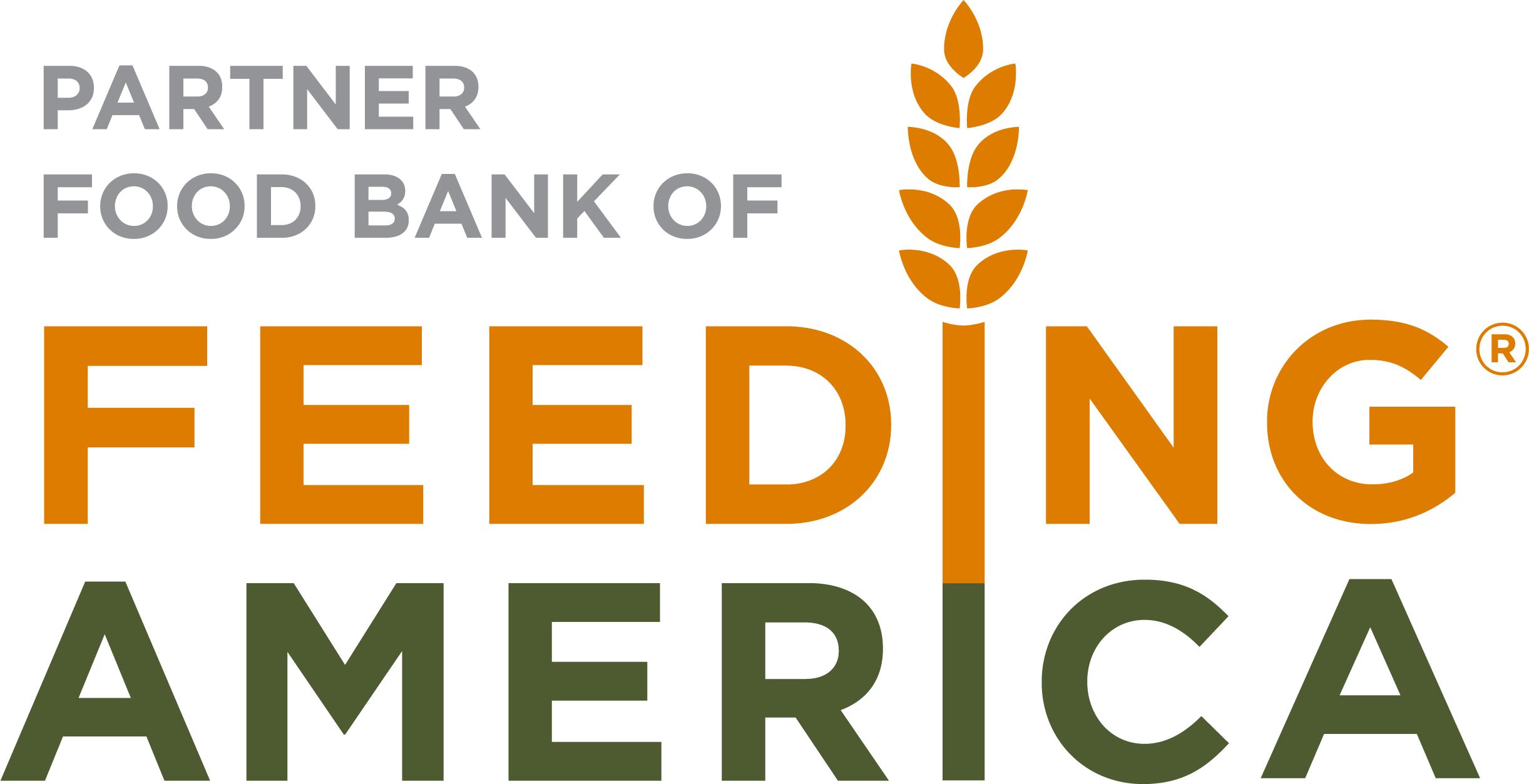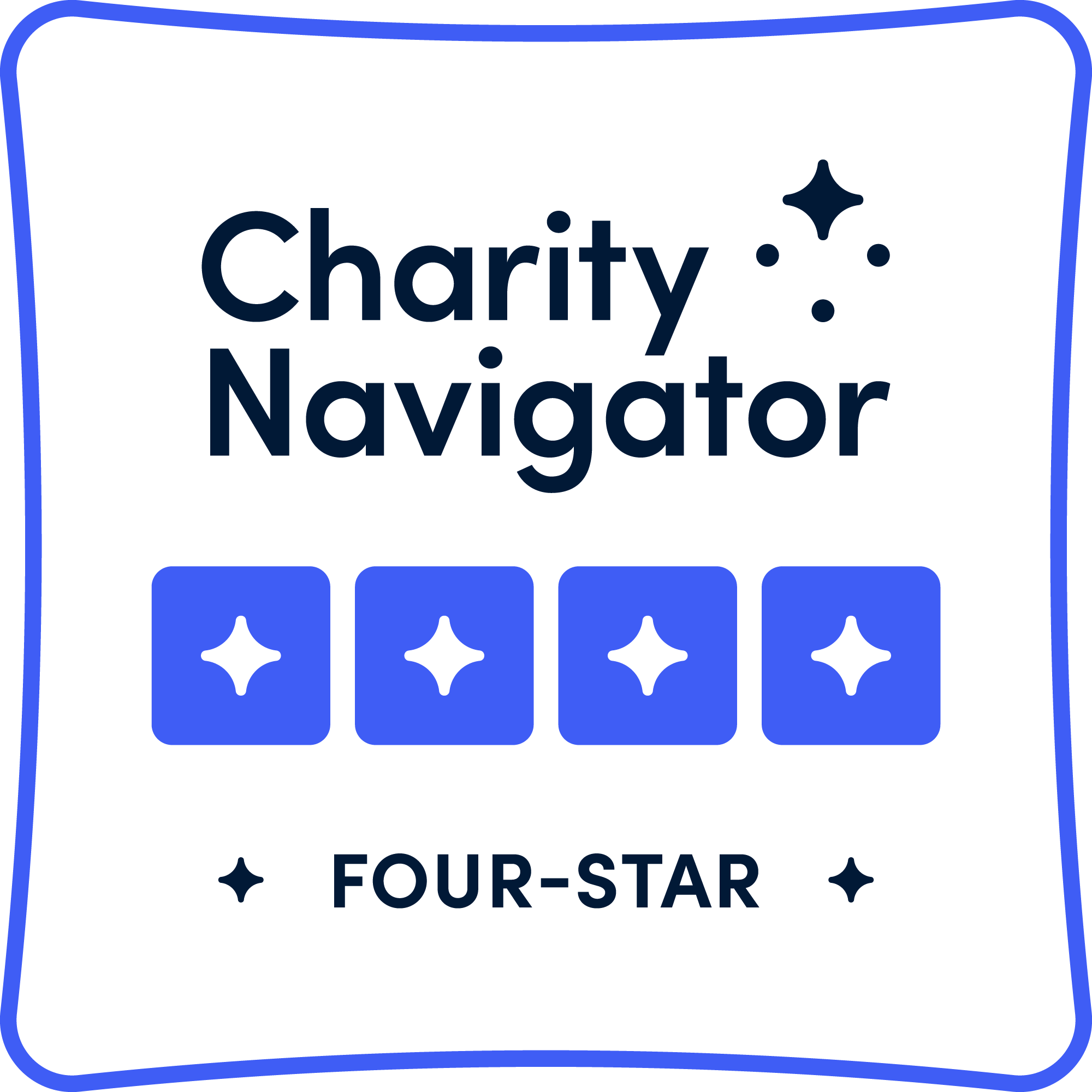SOME OF OUR FAVORITE LOCAL STORIES.
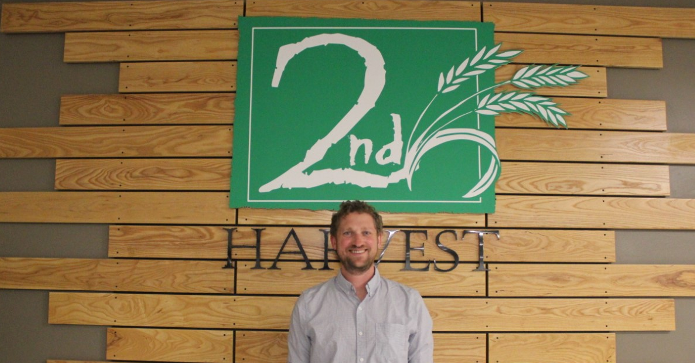
WELCOME TO THE TABLE, DAVID UHL – JULY 23
Author: Claire Hurd
We have some exciting news to share! There has been a new addition to the Feeding Washington/Food Lifeline/Second Harvest family! Isn’t that a mouth full? Let us give you some context:
Second Harvest and Food Lifeline – sisters within the National Feeding America network – are both members of Feeding Washington. Second Harvest gets food to where it’s needed most in Eastern Washington and Northern Idaho, while Food Lifeline serves Western Washington. Together we work united towards the same goal: ending hunger – and Feeding Washington is an important part of that work.
Feeding Washington appointed Executive Director David Uhl in February. We were lucky enough to have David onsite with us this week at the Spokane Hunger Solution Center. He joined us to meet the Second Harvest team and map out strategies to bolster the relationship between Feeding Washington and Second Harvest.
During his visit, David was kind enough to sit down and answer a few questions:
How did you come to be involved with Feeding Washington?
“My career up to this point has focused on working in the nonprofit sector, particularly around the human services work. Previous work experience included working for a housing provider for people with developmental disabilities. It included working at a place called Recovery Café which is a community center for folks in recovery from addiction, homelessness, and mental health challenges. At Gonzaga (University), I did service learning with various agencies that focused on homelessness so that was always a passion of mine. After Gonzaga, I did two years of Jesuit Volunteer Corps focusing on homelessness. It’s definitely something close to my heart. Then I pursued a masters in nonprofit management. I knew that nonprofit management and human services was where I wanted to be and spend my energy. When it came to Feeding Washington, I was excited for the opportunity to take a statewide approach to how we approach some of the challenges we face in solving hunger in our state. Some of my previous work in collaboration and partnership building and capacity building, I thought those skills could make a difference with Feeding Washington.
I volunteered at a mobile market today and there was a car that had a child in the backseat who’s about my son’s age. My son is almost three. And for me, that reminded me of why I do this work. I love my son. I know they love their children. How can we support one another? How can we make sure as a community that we are thriving and helping each other be our best selves? How do I use my gifts and my talents to do that?
That’s how I came to Feeding Washington. How can I use my gifts and my talents to help address some of the challenges that we face? How do we help each person be their best self and have the community thrive?”
What’s something you wish people knew more about Feeding Washington?
“I think Feeding Washington is probably one of the best kept secrets of the hunger-relief efforts in our state. Feeding the Northwest, which is part of Feeding Washington— it’s under our umbrella – last year sourced over 60 million pounds of fresh produce. That was able to go directly to the food banks across our state. I talk to folks all the time who don’t realize that is something we are doing year in and year out. Rod Wieber, who is the executive director of Feeding the Northwest is doing an amazing job.
The other things I want people to know about Feeding Washington is what we are really trying to do is help foster collaboration and partnership with a particular eye of pinch points and roadblocks and taking a statewide approach to address those so we can serve our neighbors who come to their community food bank. We can serve more folks and with better food, more nutritious food, culturally relevant food. And addressing what is causing those numbers to increase with the hope that we can empower those folks to thrive no matter where they may be. Feeding Washington is taking that collaborative approach.”
How would you describe the relationship between Second Harvest and Feeding Washington?
“Up until recently, Second Harvest was really the home of Feeding Washington. I only say ‘only recently’ because we have moved to remote working with employees across the state. So we are not all in Spokane now. The Feeding the Northwest team came out of Second Harvest in so many ways. Second Harvest really was the home. Second Harvest and Feeding Washington have a great partnership. We are able to say ‘what are the areas of collaboration between Second Harvest and Food Lifeline in Seattle and take a statewide approach?’ We work well together. We are always looking to deepen that relationship and also find those areas of new collaboration.”
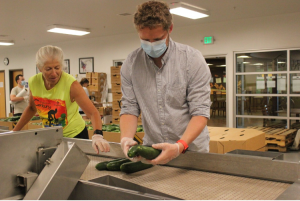
In your opinion what are some of the barriers to fighting hunger in Washington state?
“The barriers that I spend time thinking about are those directly related to the work we do day in and day out. How do we source really great food and distribute that food to the various parts of our state? What are the bottlenecks related to that? In particular, some of that is the amount of cooler/freezer space (or lack thereof) is a real roadblock in our state for getting fresh food to the various communities. That’s an assessment we are trying to do throughout the state.
In terms of solving hunger from a policy perspective, we are thinking about the best way to feed children, seniors and families. Not just coming to their local food bank but, what programs will allow their dollar to stretch further. Is it enhanced SNAP benefits? Is it summer EBT? Pandemic EBT proved to be really helpful and successful. Are there lessons learned from that and applying it to summertime when children are out of school or other times of the year? Are there other programs that Olympia or Washington D.C. are considering to deepen, expand or modify that can help solve hunger in our state? It’s both logistical and policy improvements where we can see hunger be reduced and eliminated in our state.”
Do you have a particular story that has resonated with you that serves as mission fuel?
“Recovery Café, where I formerly worked, was a partner agency of Food Lifeline so we received food. We served two meals a day at the Seattle location. Food is such an opportunity for connection. To break bread with someone is a different experience than other ways that we interact with people. There is a power to it. When we don’t have those opportunities, we are less connected with each other. Communities suffer when hunger is an issue. Being at Recovery Café, seeing the power that a nutritious meal can have in transforming a person, in building relationships, and helping people connect to their best selves, is a fuel for me. I believe in the power of food to help communities thrive. If there’s any way that I can make that stronger, that’s what I want to spend my time doing.”
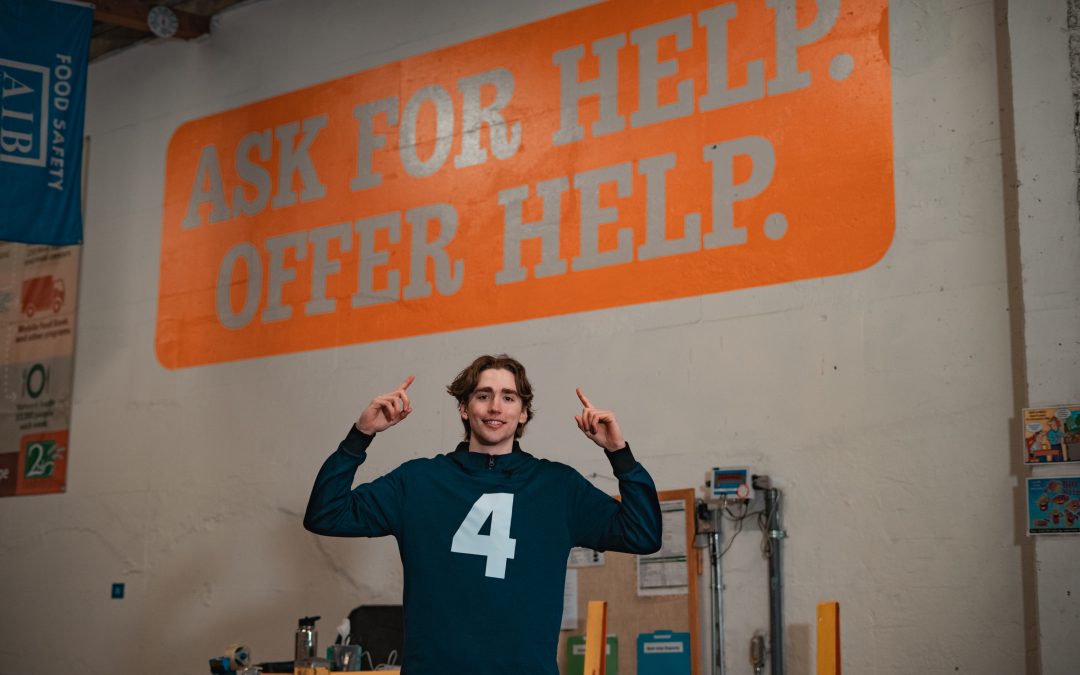
Gonzaga’s Dusty Stromer and Zilch: Teaming up to end hunger – March 29
Dusty Stromer understood from a young age that while his family had enough to eat, others in his circle were not so fortunate. Dusty had a courtside seat to food insecurity — he says that by age 10, he knew some of his friends came from households where food was not reliably available.
A freshman shooting guard on the men’s basketball team at Gonzaga University, Dusty recently got a close look at the fight against hunger by touring Second Harvest’s warehouse and helping to distribute free food through its Zilch program.
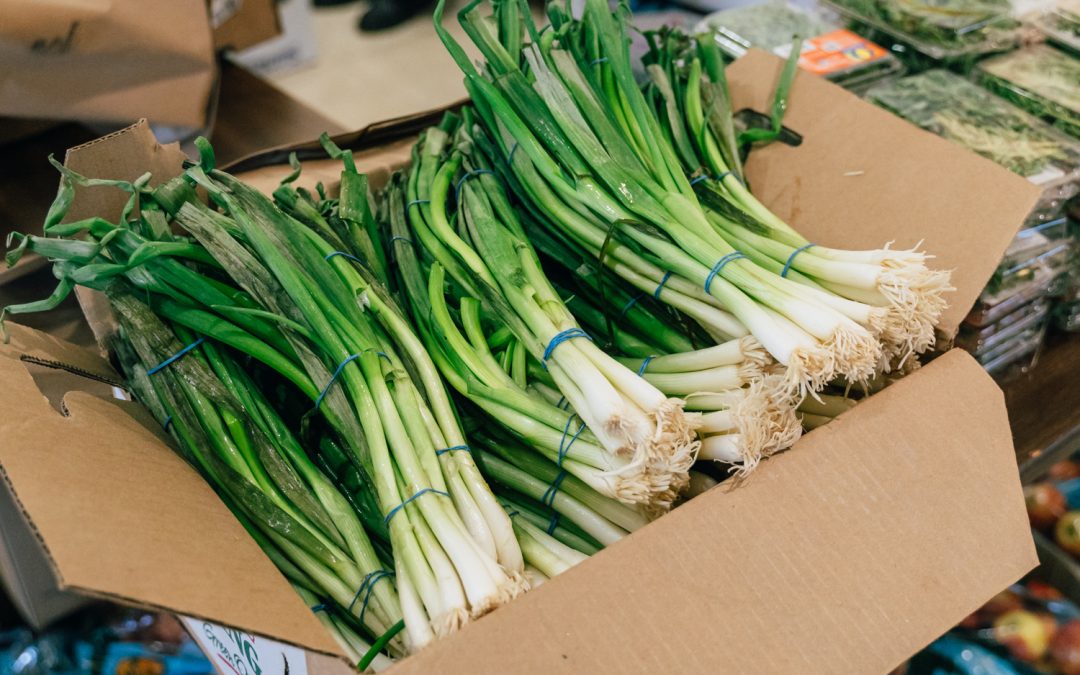
Grocery Rescue: Changing lives daily – March 22
Your visit to a local grocery store may seem like a routine, unimportant chore. That perfect strawberry, tomato or apple you select is made possible because different departments of your neighborhood store carefully maintain a standard for each product. But what happens when the banana is too green, or the strawberries are too ripe? That product is stranded and without rescue would find its way to the landfill. Thanks to stores partnering with Second Harvest’s Grocery Rescue program, that nutritious food is shared with partner agencies throughout the 26 counties in Eastern Washington and North Idaho served by Second Harvest.
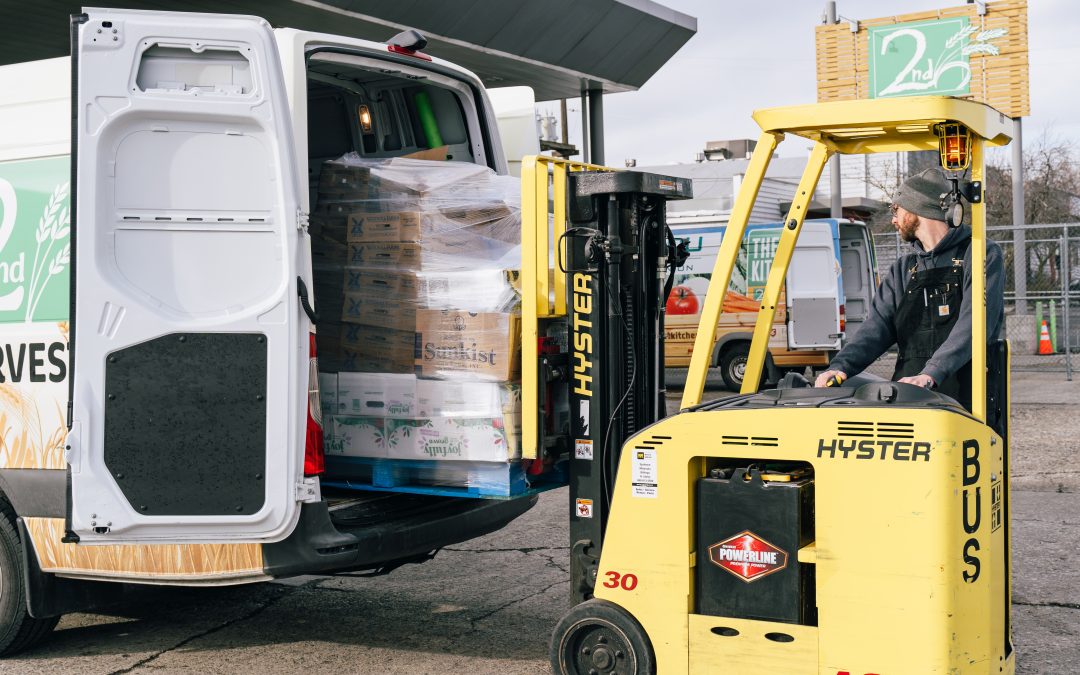
Winter 2024 Newsletter – March 15
Check out the latest news from Second Harvest. Serving people facing hunger across the Inland Northwest.

Feeding Eastern Washington and North Idaho
Copyright 2020 Second Harvest. All rights reserved.

